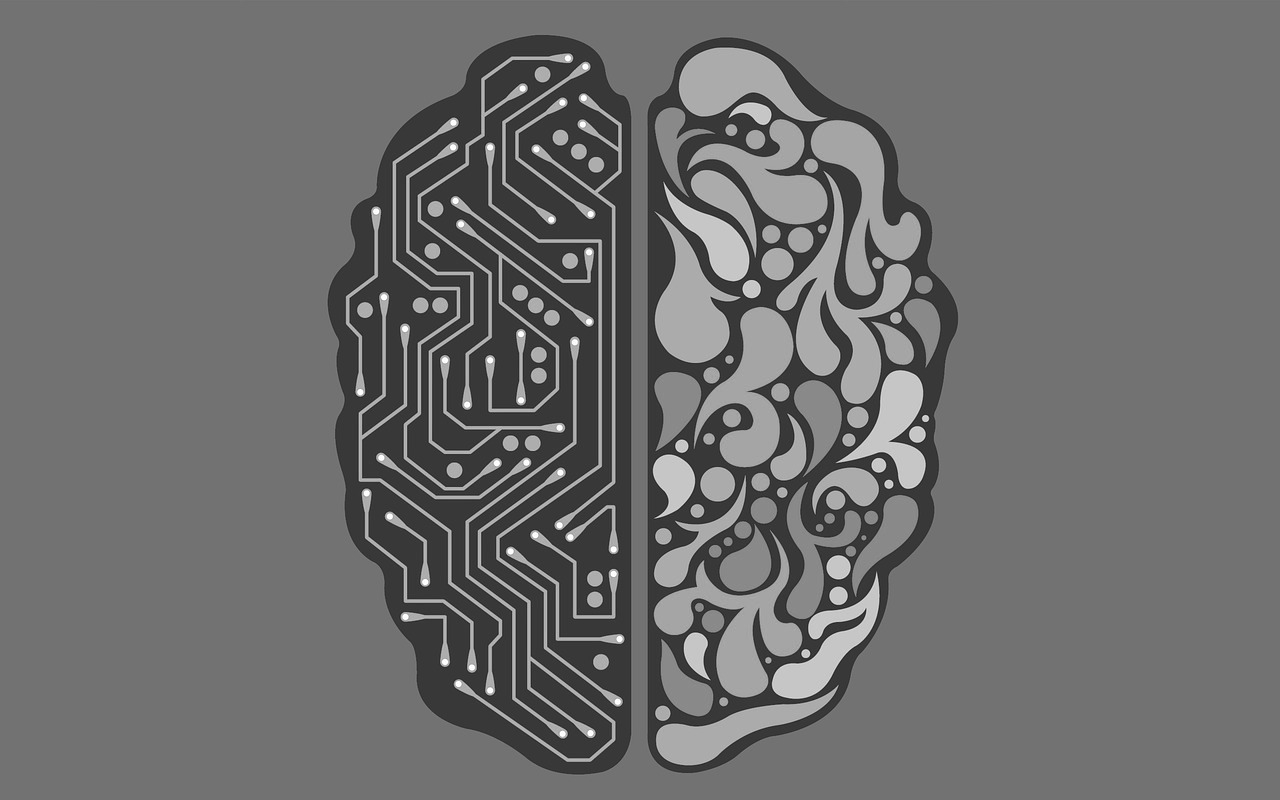Why do Americans struggle with differentiating between the “shee” (“west”) and “chee” (“wife”) sounds in Mandarin?
Why do the Japanese struggle with the “l” and “r” sounds in “lake” and “rake”?
University of Washington speech professor Patricia Kuhl has the answer.
Map-Building
Having studied early language development for nearly three decades, Kuhl has a better understanding than most of how and when pronunciation and accents develop.
Before a baby even speaks her first word, a pattern of speaking has formed in the brain, based on her primary caregiver’s speech.
With American, Japanese, Swedish, and Russian infant participants, Kuhl found that vowel and consonant sounds of both native and foreign languages are clearly recognized by children between 6 to 8 months.
That means an American infant can recognize and respond to the differences in “shee” and “chee,” while the Japanese infant will differentiate between “l” and “r” just as easily as an American.
Head-Turn Study
Kuhl used a “head-turn” study to identify whether infants could recognize these sounds.
While distracting an infant with a toy, the speaker would repeat a sound over and over – “la, la, la,” for instance.
The infant would continue watching the toy until she would hear a different sound mixed in – “la, la, ra” – which would then light up the toy.
In anticipation of the reward, two-thirds of both Japanese and American 6- to 8-month-old infants would turn to look at the toy when the sound changed.
That ability was lost by the time the child reached one year.
Using the same sounds, a little over half of Japanese infants and nearly four-fifths of Americans would turn to look at the toy by the time the infants had reached a year.
The study concluded that this is when native sounds become the baby’s norm.
Magnet Effect
A Smithsonian article by Edwin Kiester, Jr., throws this map-building into further relief, with Kuhl describing the mapping of the baby’s language brain:
“The baby early begins to draw a kind of map of the sounds he hears. That map continues to develop and strengthen as the sounds are repeated. The sounds not heard, the synapses not used, are bypassed and pruned from the brain’s network. Eventually the sounds and accent of the language become automatic.”
A “magnet effect” further maps the native language, as prototypical sounds are absorbed and interpreted as native, while foreign sounds are discarded as “interference.”
And what of infants born in bilingual households?
Those infant brains simply draw multiple maps, which is made easier if a specific language is spoken in the pitch, tone, and pronunciation of either caregiver.
This is why foreign languages are difficult to learn into adulthood: your language brain has long been mapped, and it’s a struggle to tune into sounds your brain wiring perceives as “interference.”
But this does not mean it’s impossible.
We’ll talk about the possibility next week.
